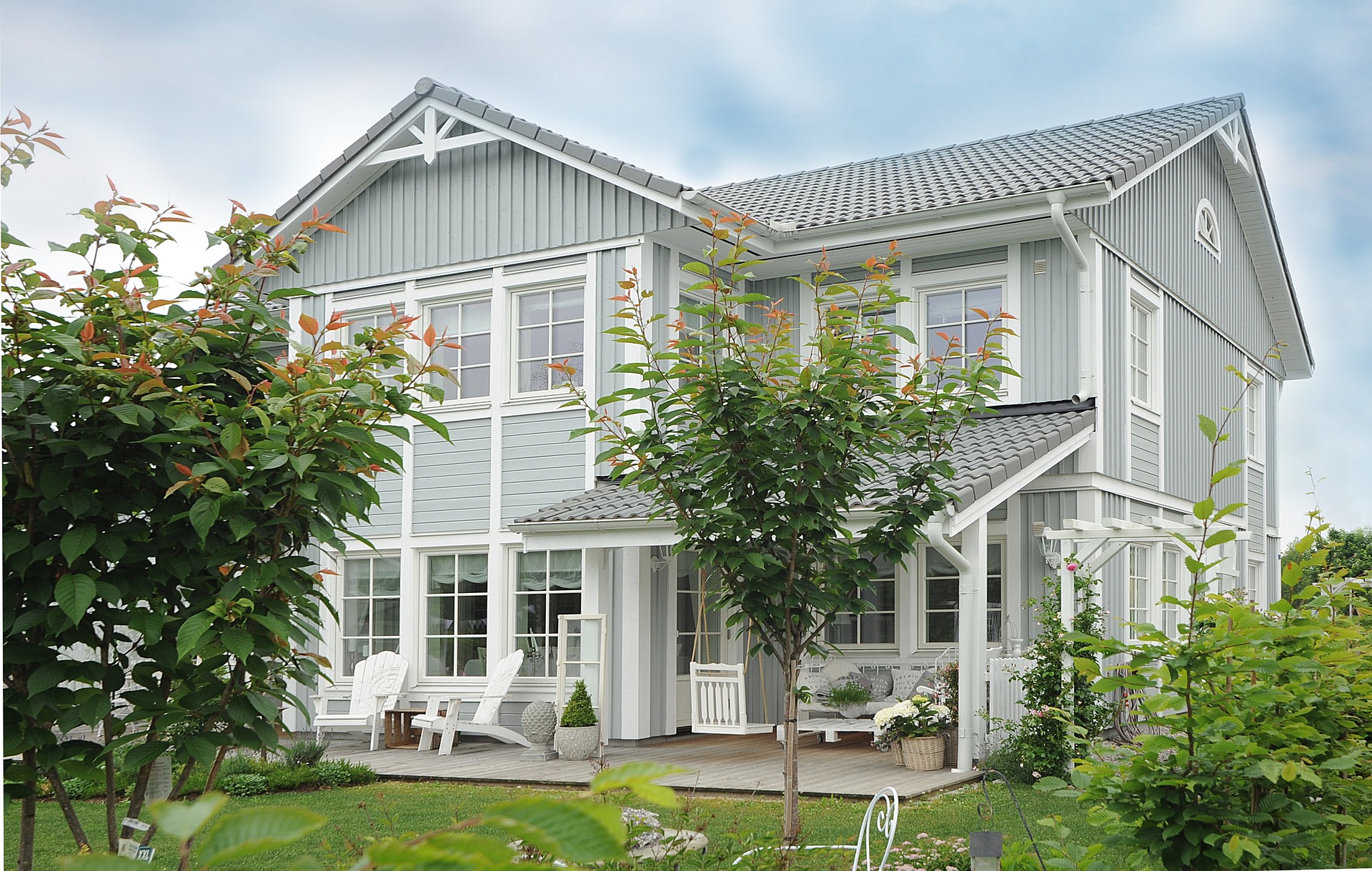The Awakening of the Micro Home Revolution: A New Era for Real Estate
Introduction: In the quest for affordable, efficient living spaces, a growing trend is emerging: Micro Homes. These compact habitats challenge traditional real estate norms, offering a unique blend of simplicity, affordability, and eco-friendliness that is quickly attracting the attention of modern homeowners.

The Emergence of Micro Homes
Micro homes, also known as tiny houses, are compact living spaces typically ranging from 100 to 400 square feet. They emerged as a response to skyrocketing real estate prices, unmanageable mortgages, and a growing societal shift towards minimalistic living. These pint-sized properties have been gaining traction since the early 2000s, with the trend accelerating in recent years due to economic, environmental, and lifestyle factors.
The Appeal of Small-Scale Living
Micro homes are more than just affordable alternatives to traditional houses - they represent a lifestyle choice. For many, the appeal lies in their compactness, which encourages a simpler way of life with fewer possessions. Additionally, their small size usually results in lower utility costs and reduced environmental impact. These factors make micro homes particularly attractive to millennials and environmentally conscious individuals.
The Financial Implications of Micro Homes
From a financial perspective, micro homes can be a smart investment. They typically cost significantly less to build or buy than standard homes, making them a viable option for those struggling to enter the housing market. However, it’s not all rosy. Micro homes can be harder to finance, as they often don’t meet traditional lending criteria. Moreover, their resale value can be unpredictable, depending on factors such as location and buyer demand.
The Potential Impact on the Real Estate Market
The rise of micro homes could have profound implications for the real estate market. As more people embrace small-scale living, demand for large suburban houses may decrease, putting downward pressure on prices. Conversely, property values in urban areas, where land is scarce and micro homes are a practical solution, could see a boost.
Considerations for Potential Micro Home Investors
Investing in micro homes can be a lucrative venture, but it comes with its own set of challenges. Zoning laws, which dictate what can be built where, can pose significant hurdles. Additionally, the novelty of the micro home trend means there’s a lack of historical data to predict future performance. Despite these challenges, the potential for high returns and the satisfaction of contributing to a more sustainable way of living can make it a worthy investment.
In conclusion, micro homes represent a transformative shift in the real estate landscape, driven by changing societal values and economic realities. As this trend continues to unfold, it will undoubtedly present both challenges and opportunities for buyers, sellers, and investors alike.




